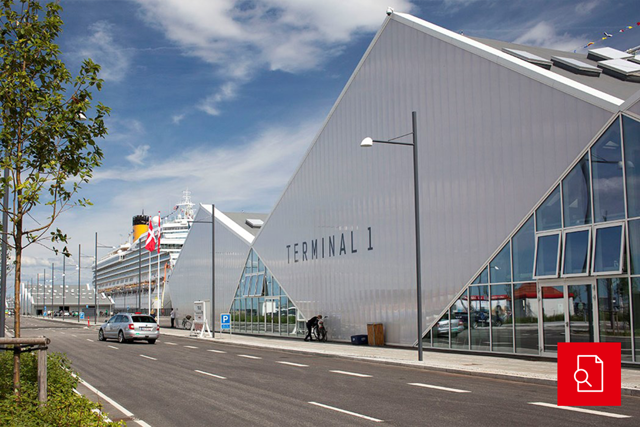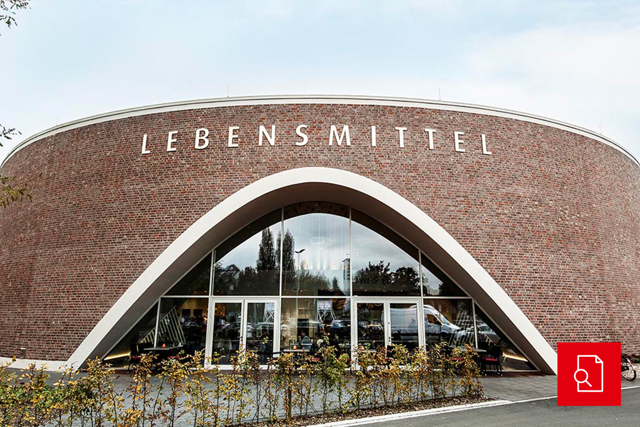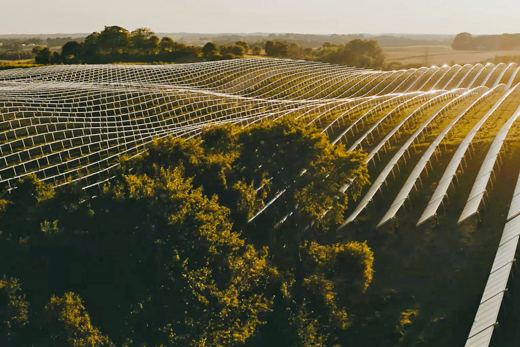
Why do we need thermal energy storage?
Renewable energy and increased electrification are central to many countries’ decarbonization strategies – and for good reason: We urgently need to cut emissions and 90% of those reductions can be attained through energy efficiency and electrification based on renewable energy. The falling prices of renewable energy also add to the incentive.
However, renewable energy fluctuates and so with the increased uptake of renewable energy comes an increased need for energy storage in order to ensure the availability of clean energy when the wind is not blowing, or the sun is not delivering solar energy.
What are the alternatives to battery storage?
While battery storage technology is developing rapidly, there are alternatives that help meet the challenges of renewable energy intermittence and grid stability, for example thermal energy storage.
| In 2020 1.46 TWh wind energy in was curtailed due to lack of demand and grid flexibility, equivalent of 4.3% of the total Danish electricity consumption (Energinet, 2021) |
What is thermal energy storage?
Thermal energy storage means heating or cooling a medium to use the energy when needed later. In its simplest form, this could mean using a water tank for heat storage, where the water is heated at times when there is a lot of energy, and the energy is then stored in the water for use when energy is less plentiful. Thermal energy storage can also be used to balance energy consumption between day and night. Storage solutions include water or storage tanks of ice-slush, earth or bedrock accessed via boreholes and large bodies of water deep below ground.
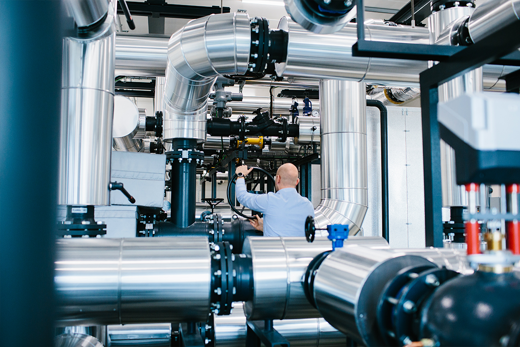
What types of thermal energy storage exist?
Many different technologies can be used to achieve thermal energy storage and depending on which technology is used, thermal energy storage systems can store excess thermal energy for hours, days or months.
Thermal energy systems are divided in three types:
- sensible heat
- latent heat
- thermochemical
Sensible thermal energy storage is considered to be the most viable option to reduce energy consumption and reduce CO2 emissions. They use water or rock for storing and releasing heat energy. This type of thermal energy storage is most applicable for residential buildings.
Latent heat storage systems store energy without the medium changing in temperature but rather depends on the changing state of a medium. So called ‘phase change materials’ have been developed, which can store heat in their mass as latent heat. These materials are commonly used in solar applications and building materials, where they absorb and store excess building heat.
Thermochemical heat storage systems, on the other hand, are based on chemical reactions.
Three key benefits of thermal energy storage
Thermal energy storage can:
- Reduce peak demand and level demand by storing energy when there is less demand and releasing when there is high demand.
- Reduce CO2 emissions and costs by making sure energy is used when it is cheaper and there is more renewable energy in the mix.
- Increase the overall energy efficiency of energy systems.
- Thermal energy storage is also a key part of peak shaving systems, where off-peak power is used to drive heat pumps that can produce heat or cold produced by cheaper electric power and waste heat from industrial sources in order to balance energy system loads.
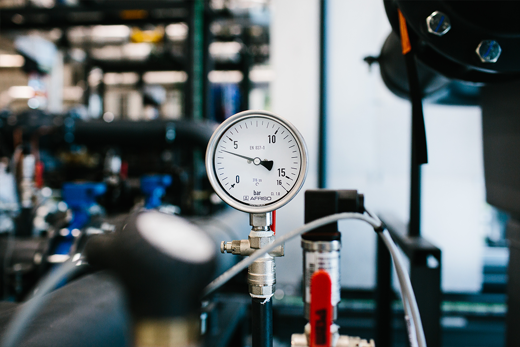
Using district energy systems for thermal storage
The challenge with intermittent renewable electricity is matching energy supply with energy demand. So, what do you do when the sun is not shining or the wind not blowing? There are periods with high power demand but no wind, while at other times there will be plenty of wind, but no demand. This puts a serious strain on energy systems. To deal with the excess power generation, either some wind turbines need to be stopped or new electricity usage models that do not add to the traditional demand need to be developed. Analyses show that the optimal solution, both in terms of cost and energy efficiency, is to channel the excess electricity generation into district energy systems.
Modern district energy systems have a flexible thermal infrastructure where available energy sources can be “plugged in”. The energy, in the form of hot or chilled water, can then be distributed to buildings via a pipe network for immediate use or be stored in thermal storages for later use. The thermal energy can be stored for a few hours or days, for example in heat storage tanks, or for several months in large pits or other storage facilities. In this way, district energy system can provide flexibility to the energy system in two ways: by providing storage and by enabling switching between different energy sources for example, large-scale heat pumps, waste heat, solar thermal storage and geothermal.
How can a supermarket be used for thermal storage?
A supermarket has a high thermal capacity due to the amount of food which needs to be chilled or frozen. In effect, this means a supermarket has the potential to become a ‘virtual power plant’ simply by adjusting its electricity consumption.
Most supermarkets are energy managed by a central controller connected to multiple cooling cases to control temperature levels.
A supermarket can choose to lower the temperature of its freezers when energy is abundant in the grid. This energy is then stored in the frozen goods. When energy supply is lower or demand is higher, the supermarket can again slightly – and safely – raise the temperature while using less energy.
Digitalization is important to maximize the potential of thermal energy storage
Digitalization is one of the major keys to unlocking the potential of more energy efficient, resilient and sustainable energy systems. In the heating and cooling sector, digital technologies will help manage the increasingly complex district energy systems that are being created by integrating a multitude of intermittent renewable and low carbon energy sources as well as connecting thermal and electricity infrastructures.
This is why digitalization is so important to efficient thermal energy storage: Using sensors, IoT and AI it is possibly to smartly predict energy supply and demand, the share of renewables in the energy mix, plus energy prices - and the ability to adjust energy use and the use of thermal energy storage accordingly.
What needs to be done to accelerate thermal energy storage?
- A regulatory framework should support the creation of decentralized energy systems that encourage systems integration and the use of waste heat, heat pumps, smart heating and cooling systems, and energy storage.
- Mainstreaming of sector integration in other policies and frameworks should be encouraged, as most climate and energy policies are sector specific and do not support interaction between sectors.
- We need to ensure that electricity prices reflect the energy mix to encourage the uptake of renewables - for example, through CO2 pricing.
- We must ensure that power price incentivizes or rewards energy storage. For example, electricity should be cheaper when there is a lot of renewable energy and more expensive when there is not, and it should be attractive to store and sell back energy to the grid.


